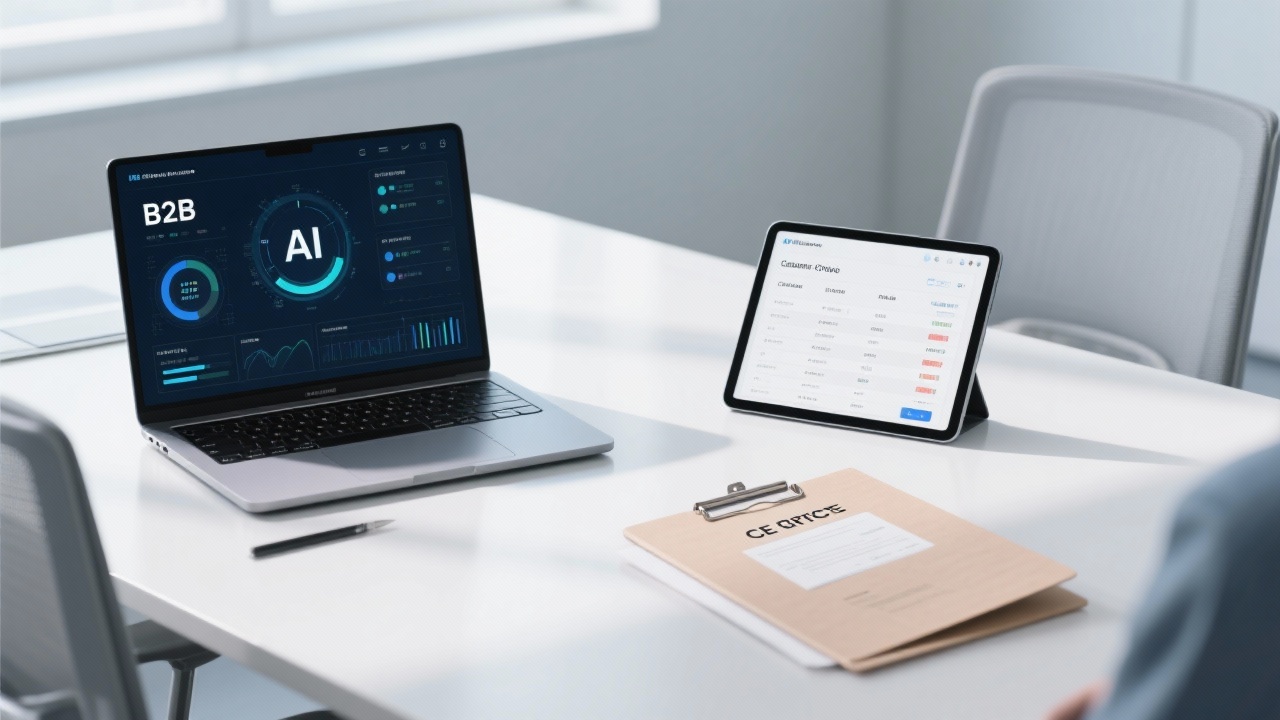
For global B2B exporters, language is more than just translation—it’s the key to trust, relevance, and conversion. In 2024, over 62% of international buyers start their product research in their native language (Source: Statista), making multilingual SEO not optional—it’s essential.
A well-structured site network doesn’t just support multiple languages—it boosts SEO performance across regions. The most effective approach uses a country-specific subdomain strategy (e.g., de.yourcompany.com) or a localized domain structure (e.g., yourcompany.de). This signals to Google that content is tailored for each market—not just translated.
According to Ahrefs, companies using this model see an average increase of 38% in organic traffic from non-English markets within 6 months. Why? Because search engines treat these as separate, authoritative sites—boosting indexing speed and local ranking power.
| Strategy | Best For | SEO Impact |
|---|---|---|
| Subdomain (de.yourcompany.com) | Mid-sized businesses with clear regional focus | High – easy to manage, strong local authority signals |
| Subfolder (/de/yourproduct) | Startups or those optimizing budget | Moderate – requires careful hreflang setup |
| Country Domain (yourcompany.fr) | Established brands targeting one country deeply | Very High – strongest local SEO signal |
Many brands fail because they rely on machine translation for keywords. That’s like sending a German buyer a Chinese menu—they’ll understand the words, but miss the intent.
Use tools like SEMrush or AccuRanker to identify high-intent, low-competition phrases per market. For example:
Once you have the right keywords, integrate them naturally into H1s, meta descriptions, and body copy—with no stuffing. Google rewards semantic relevance, not keyword density.

Smart CMS platforms now allow AI-assisted content generation that respects context—not just grammar. For instance, a tool can auto-generate product descriptions based on original English content while adapting tone, formality, and even technical jargon to match local expectations.
But here’s the catch: always add human review. One client saw a 27% drop in bounce rate after adding local expert edits to translated product specs—a reminder that cultural nuance matters more than perfect syntax.
If your current website only speaks one language, you’re leaving money on the table. With the right multilingual SEO strategy—and smart automation—you can reach 47+ markets without sacrificing quality or consistency.
.png?x-oss-process=image/resize,h_100,m_lfit/format,webp)
.png?x-oss-process=image/resize,h_100,m_lfit/format,webp)

.png?x-oss-process=image/resize,h_100,m_lfit/format,webp)
.png?x-oss-process=image/resize,h_100,m_lfit/format,webp)
.png?x-oss-process=image/resize,h_100,m_lfit/format,webp)
.png?x-oss-process=image/resize,h_100,m_lfit/format,webp)
